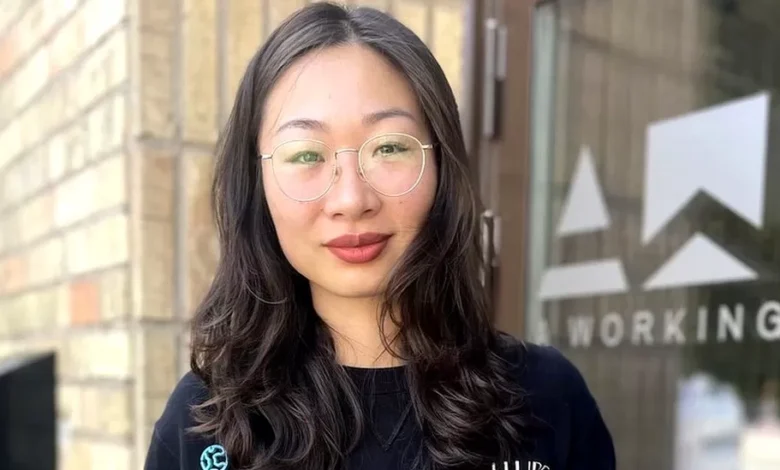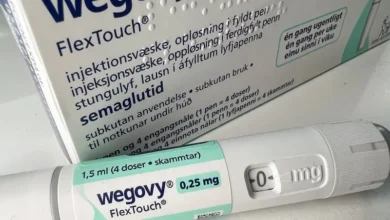The firms hoping to cut down on wasted cosmetics

Many of us buy makeup, hair and skincare products that we never end up finishing, because they don’t suit us, or work as we’d hoped.
But could changing the way we produce and shop for cosmetics reduce the number of partly-used items lingering in bathrooms around the world?
It’s a question that Selah Li, a 29-year-old entrepreneur from China, began investigating in 2018, while she was studying a masters in human robot interaction at the Royal Institute for Technology in Stockholm.
Alongside “feeling guilty” about the waste caused by her own unused beauty purchases, she also became curious about how many products end up as waste, because they are never bought from stores in the first place.
“I saw a shelf of fifty shades of foundation and I was very happy because I am a minority here, and I can’t always find my shade. But at the same time, as a scientist by training I was wondering: how do they predict the sales and the production of everything?,” says Ms Li.
“I was looking into the data and it turns out [brands] cannot really predict it. Demand fluctuates quite a lot.”
Ms Li says there is either a danger of overproduction – with stores left with items they can’t shift before their expiry dates – or underproduction, which contributes to shoppers subsequently selecting product alternatives that aren’t quite right for them and never get finished.
Exactly how much waste is created as a result of miscalculations is difficult to quantify. This is because unused products in our bathrooms usually end up in our rubbish bins and are included in general statistics about household waste.
Plus, beauty companies are often tight-lipped about how much of their stock is wasted. I contacted several large retailers in the UK and Scandanavia and none wanted to comment on wasted cosmetics.
Ms Li thought there must be a better way to sell cosmetics and formed a start-up called Ellure.
It aims to cut waste in the beauty industry by enabling customers to design their own products, which are then produced on-demand.
“You don’t have the problem that you need to predict what is going to be sold, where,” says Li.
“And you have the added benefit of consumers considering this product to be more personal, and thus they are going to use it more.”










